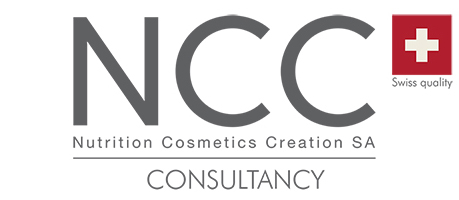The Alpine rose (Rhododendron ferrugineum) as a source of stem cells, allows the production of innovative active ingredients that protect the epidermis.
Alpine rose is an evergreen plant that grows at high altitudes (> 500m) throughout Southern and Central Europe, particularly in the Alps, Jura, Pyrenees and Apennines. Its preferred terrain is on the mountain slopes, in scree slopes, or in open and light woods, as long as the soil is neutral to slightly acidic. It is not found above an altitude of 3200m. It is a shrub with a compact growth habit, rarely exceeding 1m20, with dense and extensive roots. Its flowers, are sometimes white but more generally in shades of pink or red (which can also be purple) and are grouped, by six to eight, in corymbs (simple inflorescence). Its leaves have adapted to all weather conditions, cold, drought and UV. The alpine rose can live more than 100 years.
This rose tolerates very well the low temperatures of the high mountains, such as for example -15°C.
Flowering usually takes place between June and July, but possibly also from May to August, depending on altitude and temperature. By growing at high altitudes it has developed impressive strategies to protect itself from dehydration, free radical attack and pathogens elements.
The Alpine rose has particularly valuable constituents. The development of innovative technologies has made it possible to use them for cosmetic purposes.
Alpine rose has stem cells.
In contrast to humans, almost every tissue stem cell of the Alpine rose can give life to a new plant. It has thus been possible to produce and cultivate plant stem cells. In fact it can be done with very little plant material, to obtain sufficiently large quantities of quality active agents without exploiting or threatening these rare plants. This is an asset for sustainable development, because the flowers are not threatened.
Our skin protects the body from the external environment, so the epidermis is constantly renewed and repaired by epidermal stem cells. But environmental changes (heat, cold, humidity) and ageing alter the skin barrier, resulting in drier and more fragile skin. To improve the skin barrier, it is necessary to preserve the activity of epidermal stem cells. Of course, to protect them from environmental stress, while avoiding UV-induced water loss, is also essential.
With age, skin renewal is slowed and the production of lipids, the key barrier, is reduced. Thus, environmental factors and ageing compromise the barrier function of the epidermis. Less protected, the skin becomes more sensitive.
Their stem cells contain epi-genetic factors and special metabolites that are able to preserve the function of human skin stem cells.
Furthermore, it increase their vitality and protect them. The skin thus stays young for longer and appears more beautiful and revitalized. Alpine rose improves the elasticity of the skin and optimizes the moisture barrier.
Thanks to this rose, the following has been demonstrated (Source: Mibelle Groupe Biochemistry ):
- an increase in skin stem cell vitality of + 75%.
- an improvement in the skin’s barrier function with – 39% water loss and a reduction in visible wrinkles after 16 days.


